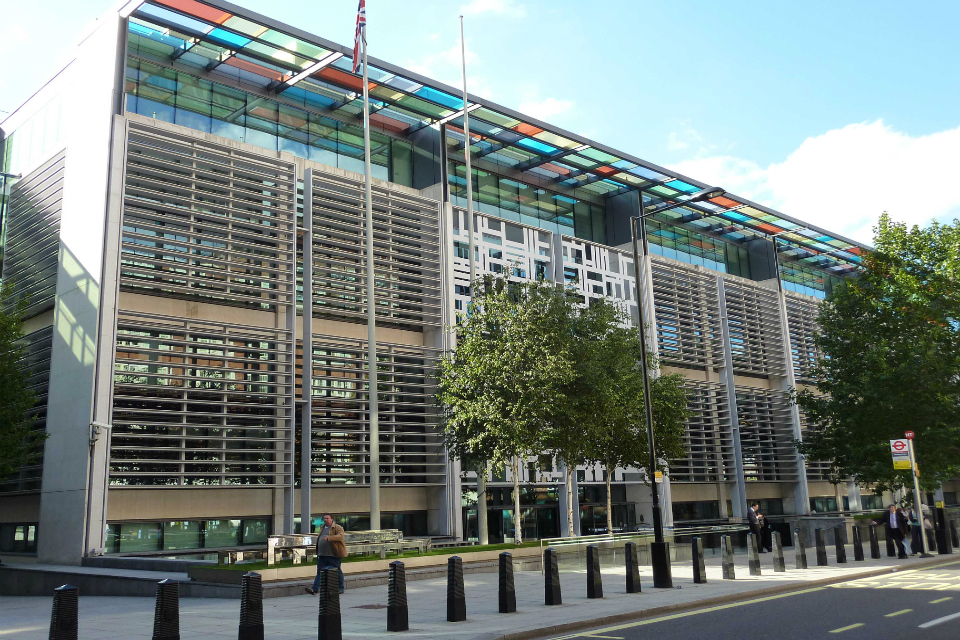
- Select a language for the TTS:
- UK English Female
- UK English Male
- US English Female
- US English Male
- Australian Female
- Australian Male
- Language selected: (auto detect) - EN
Play all audios:
It is deeply symbolic that in the week leading up to the discarding of the apparently tyrannical shackles of the EU in order to “take back control”, the UK has made two fateful security
decisions that suggest more fundamental, voluntary forms of enslavement. The first decision, to allow Huawei’s involvement in the development of Britain’s 5G network and the second, the
rolling out of facial recognition technology by the Metropolitan police, another technology that China has been at the forefront of harnessing. Taken together these two decisions represent
the collision of two concerns. The expansion, with surprisingly little public debate, of the UK’s security architecture, compounded by having allowed a foreign company, known to be an
instrument of an authoritarian state, access to the aggregated data with which all of our lives can now be measured. The Huawei debate has certainly been politicised in ways that cloud sober
assessments of the nature of the threat. The US trade war with China has in part stoked the flames of Trump’s rhetoric. So the decision by Australia to completely exclude Huawei was as much
to do with placating the US president as it was with security. Doubtless there are serious underlying security concerns and the UK has not done a particularly good job in explaining how the
extraordinary increase in data transmission levels across 5G networks can be adequately monitored for foreign interference. In a significant de-escalation Secretary of State Pompeo used an
event on Thursday to reiterate that “Good friends don’t always agree on everything”, in other words the risks to intelligence and defence networks are perceived as being manageable. This
should not come as a huge surprise as we can assume that the most sensitive intelligence and defence networks in the UK and her allies are “air gapped” — that is, physically disconnected
from other unsecured networks, such as public internet or less secure government networks. As a technology, 5G is fundamentally concerned with monitoring and surveillance. The continual
collation of data and responsive adjustment of devices is the very essence of how the Internet of Things is designed to operate. Huawei is at the forefront of this revolution with its “smart
city” programme in Wuhan, which collects vast amounts of Internet of Things data from a multitude of sensors. It is telling that Huawei initially named these “safe cities”, a loaded phrase
in the context of China. It is hardly surprising the speed with which urban efficiency has morphed into a political tool with China’s implementation of the social credit system. China’s
political strategy has been in part realised in the global development strategy the “Belt and Road” initiative, which has also seen the spread of her surveillance state into central Asia.
Now Huawei is spreading its technology to Europe — Duisburg in Germany is on course to become a smart city. The lack of public debate about surveillance in the UK is a concern in its own
right. Huawei’s inclusion in 5G adds another dimension to those concerns. Quite apart from formal state secrets, do we want automated surveillance data aggregated with the more quotidian
data which delineates all of our lives, to be accessible to an authoritarian third power? Even if we trust the Met, the mobile phone networks or Highways Agency (to choose just three bodies
involved in tacit surveillance) do we trust Huawei as the vessel for transmission? The true scale of surveillance in the UK is hard to calculate in full. Certainly we are one of the most
surveilled populations in the world. Estimates in 2013 give a sense of the scale of surveillance (in the form of CCTV) at between 1.5 million and 5.9 million cameras, with the most likely
figure in the region of 4.9 million cameras, or one for every 14 people. Concern over the Met’s decision to implement facial recognition and the myriad unanswered questions about scope,
oversight and retention of data evokes the outcry over the Snowden revelations about mass surveillance by the US and UK. In the intervening period between Snowden’s leaks and today, two
trends have dominated. Firstly, the “datatification” of our lives, means that a detailed “pattern of life” for most people can be now be obtained through monitoring the internet of things
rather than through formal state surveillance. Secondly, with the generational shift in attitudes to the encroachment of technology into everyday life, the furore over mass observation has
all but disappeared from political debate. The two have combined to push further towards what has become termed a surveillance society. There has always been an explicit trade-off, as
increased surveillance should reduce the incidence of crime and terrorism. In the UK it is not clear it is working to prevent terrorist incidents like the London Bridge attack and clearly it
is doing little to halt knife crime. The debate about formal surveillance needs to be revisited. The pace of legislative debate in the UK has not kept up with technological change over the
past three years. 5G offers both the promise of daily convenience and the threat of formal and informal surveillance converging. In conventional parlance, to speak of a “surveillance
society” is to invoke Orwellian totalitarianism. To use such a term now implies something altogether different — the outcome of modern organisational practice across business and government
rather than some covert plan. Huawei’s involvement in these projects gives China access to vast amounts of data, effectively real time surveillance, in a number of different countries. The
sheer number of threats this creates is only limited by the imagination of China’s state data scientists.







